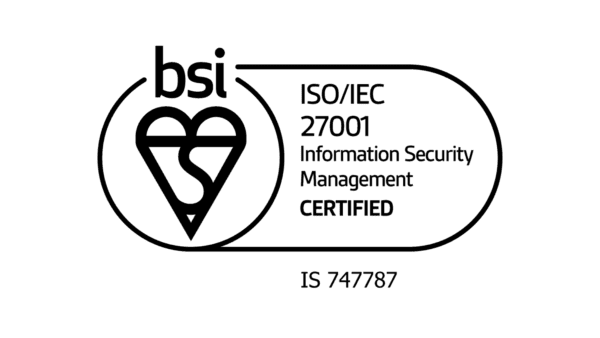How to future-proof your digital signage: How Wasabi grew their digital signage footprint [+VIDEO]
Installing digital signage is game-changing for any business, but how can you be sure that it will go the distance?! Without proper planning, a hastily installed network is likely to end up costing you more than it should, and worse still, it could even leave you with long periods of downtime, as you struggle to update equipment and add to your number of screens over time. To help you avoid making costly short-term plans, and roll out a network that’s built for longevity, we’ve teamed up with Lauren Butcher, Retail Account Manager for Pioneer Group, to share everything you need to know. Here are our top three tips.
-
Consider scalability
Short-term plans equate to short-term gains! In order to ensure your money’s worth from any digital signage installation, you should think about what you will need from your digital signage in the coming years. Will you require additional digital signage players and screens for more locations, as you expand your business? If so, you will need a digital signage network that’s easy and cost-effective to scale. Cloud-based content management systems (CMS) can help you do this, only requiring you to add to the number of subscription-based licences you have, not change and/or update the software you are using.
-
Choose commercial hardware built for the long-term
Next, think about the hardware you want to install. The average lifespan of a digital signage screen is around five years, so, it’s important to choose displays that are built to last. Indicators of longevity for screens, include commercial features, like 24/7 operation and LED displays, which are more efficient and long-lasting than their LCD equivalents. If you want to reduce the amount of equipment that you will have to replace, it might also be worth installing powerful System-on Chip digital signage displays that come with built-in media players. Over the course of its seven-year digital signage journey, this is exactly what restaurant chain, Wasabi did, in order to cut down the number of service repairs and replacements that it was experiencing.
-
Factor in the time and cost of content management
The final element that you need to consider is how you will generate and deliver content over the long-term. There is a huge range of content management systems (CMS) that can help you do this cost-effectively, no matter how big your network of digital signage becomes. In your long-term plans, you need to consider who will be responsible for content, and how you can keep your network secure, while still giving everyone the access they need to keep the on-screen messaging flowing. For streamlined teams, cloud-based CMS solutions in particular make it easy to centralise content management. Teams from your head office can remotely create, update, and publish content to screens in any location.
With enterprise-class CMS features, you can also securely and quickly roll out customised user permission roles, that enable you to share the workload as your teams grow. You can, for instance, create a super admin who allocates these roles, giving each user only the permissions they need to fulfil their responsibilities. To ensure that no unauthorised messaging is published, you might, for example, want to create roles that allow for the scheduling, not the editing of content.
For more tips on how to install longer-lasting digital signage, check out our Digital Signage Explored podcast with special guest, Lauren Butcher from Pioneer Group, a multi-service provider that specialises in creating digital signage experiences.





